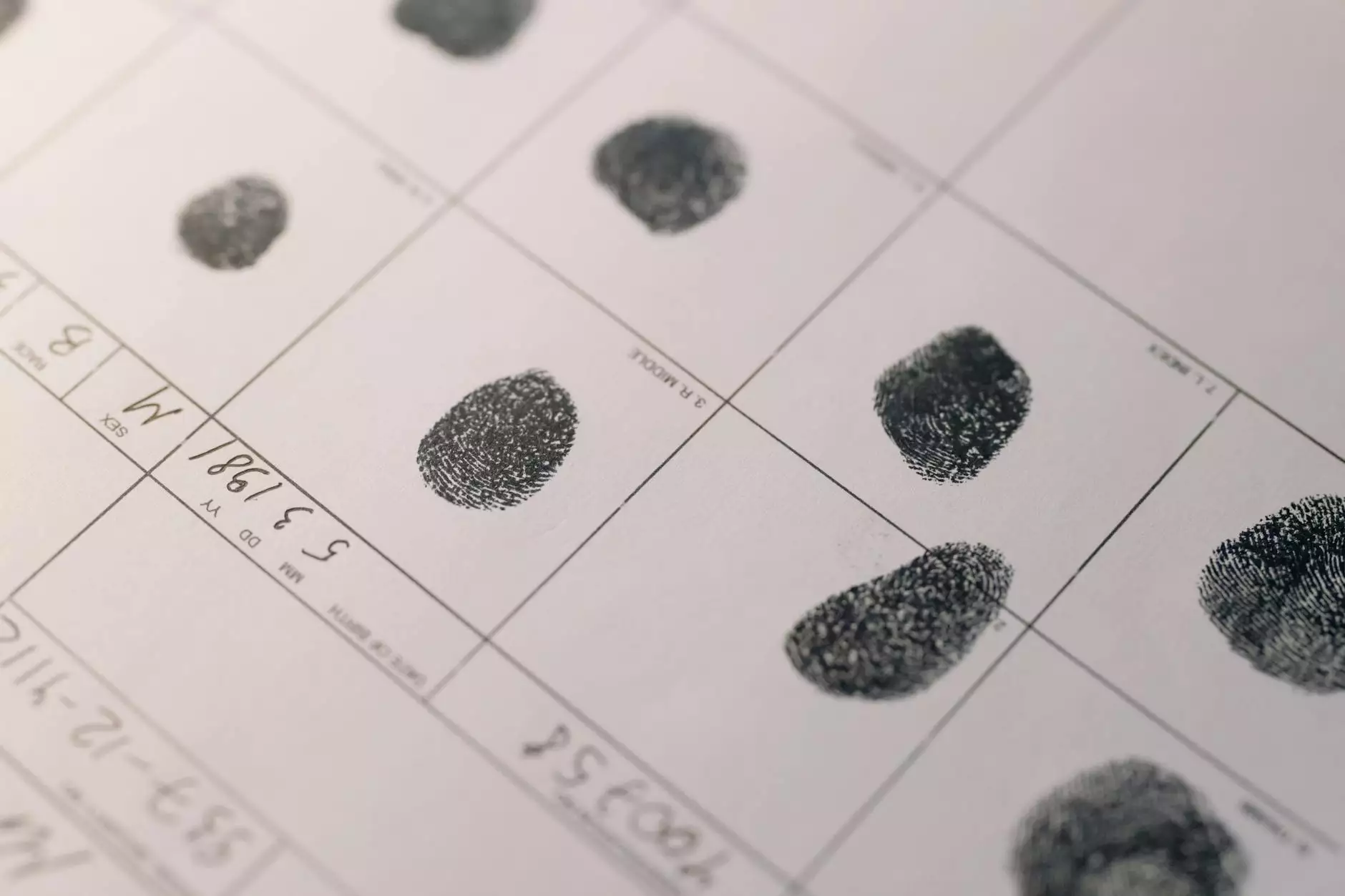Understanding Pricing for Web Design Services

Web design services play a crucial role in the digital landscape, where a well-designed website is often the first impression potential customers have of your business. As businesses increasingly shift towards online platforms, understanding the nuances of pricing web design services becomes essential. In this comprehensive guide, we'll dive deeper into the various factors influencing web design pricing, typical cost ranges, and how to select the right service for your needs.
Factors Influencing Web Design Pricing
The price of web design services can vary significantly based on several factors. Here are some key elements that can affect the overall cost:
- Complexity of the Design: More complex websites with intricate features typically require more time and expertise, increasing the overall cost.
- Type of Website: E-commerce websites, blogs, landing pages, and corporate sites have varying pricing structures due to their differing functionalities.
- Custom Features: If your website requires custom functionalities, such as integrations with APIs or unique applications, this will add to the costs.
- Experience Level of the Designer: Hiring an established web design agency or a seasoned freelancer may cost more, but it often results in higher quality work.
- Maintenance and Support: Consider whether the price includes ongoing maintenance or support, which can add to the overall value.
- Geographical Location: The cost of living and standard pricing models can differ drastically between regions, affecting the rates charged by designers.
Average Pricing Models for Web Design Services
Understanding the average pricing models within the web design industry can help you better budget your project. Below are some common pricing structures:
1. Hourly Rates
Hourly rates for web design services typically range from $50 to $150 per hour, depending on the designer's expertise and the project complexity. This model works well for smaller projects or ongoing work, as it allows for flexibility in adjusting the scope of the project.
2. Fixed Rate Projects
For larger projects, agencies and freelancers may provide a fixed rate based on the project's scope. Prices can range from $1,000 for basic websites to $10,000 or more for highly customized applications. This pricing model is beneficial as it provides a clear budget from the start.
3. Monthly Retainers
If your business requires ongoing web design services, consider a monthly retainer. Costs typically fall between $500 to $3,000 a month, depending on the level of service required, including design updates, content creation, and technical support.
Why Investing in Quality Web Design Matters
While it might be tempting to opt for the cheapest option available, investing in high-quality web design services pays off in the long run. Here’s why:
- Improved User Experience: A well-designed website enhances navigation and usability, keeping visitors engaged.
- Increased Conversion Rates: Effective design attracts attention and can lead to higher conversions, whether that means sales, leads, or actions taken on your site.
- Brand Credibility: Quality web design reinforces your brand’s credibility, making potential customers more likely to trust your business.
- SEO Compatibility: Good web design incorporates SEO best practices, helping your site rank better on search engines and attract organic traffic.
How to Choose the Right Web Design Agency
Choosing the right web design agency is critical to the success of your project. Here are important factors to consider:
- Portfolio Evaluation: Review the agency's previous work. A diverse and impressive portfolio indicates expertise and creativity.
- Client Testimonials: Look for reviews from past clients to understand their experience and satisfaction.
- Communication Style: Effective communication can streamline the design process. Ensure they understand your vision and objectives.
- Post-Launch Support: Ensure the agency offers maintenance and support after your website goes live—this is critical for handling issues that may arise.
- Transparent Pricing: Choose an agency that provides transparent pricing. Be wary of hidden costs that can inflate your budget.
Understanding Hidden Costs in Web Design
When budgeting for web design, be aware of potential hidden costs that can arise:
- Domain and Hosting Fees: Don’t forget to include the costs for your domain registration and hosting services, which are usually annual expenses.
- Content Creation: High-quality content is essential for a successful website. Budget for professional copywriting or content creation services.
- Image Licenses: Using stock images may require purchases. Be prepared for any licensing fees.
- Ongoing Maintenance: Websites require regular updates, backups, and security checks. Factor in these recurring costs.
The Future of Web Design Pricing
The landscape of web design pricing is continually evolving. With advancements in technology and changing market demands, here’s what to expect:
As more businesses prioritize their online presence, the demand for skilled web designers is rising, which may lead to increased pricing for high-quality services. However, emerging tools and technologies may make some aspects of web design easier, potentially lowering costs for simpler projects.
Embracing No-Code Solutions
The rise of no-code platforms has democratized web design, allowing business owners to create and manage their websites without extensive coding knowledge. While these platforms can reduce initial costs, consider the trade-offs in terms of customization and control.
Conclusion: Making an Informed Decision
When it comes to pricing web design services, it's crucial to evaluate your specific needs and budget carefully. While lower prices may seem attractive, remember that quality is paramount. By understanding the factors that influence pricing, the average costs, and how to choose the right agency, you can make a well-informed decision that aligns with your business goals. Investing in quality web design will pave the way for a successful online presence, ultimately leading to a profitable return on investment.
More Resources
For additional insights into web design and marketing strategies, explore the following resources:
- Marketing Strategies for the Digital Age
- Latest Trends in Web Design
- Effective Advertising Techniques









